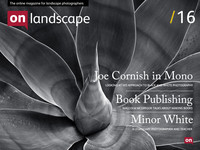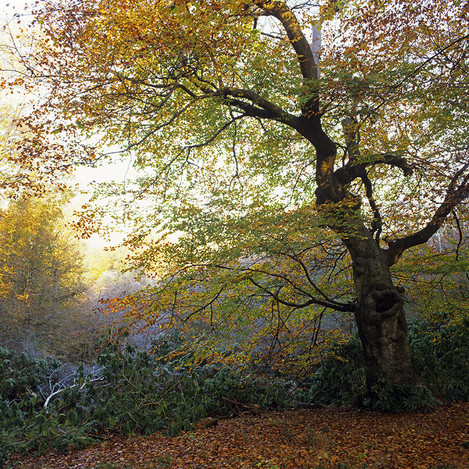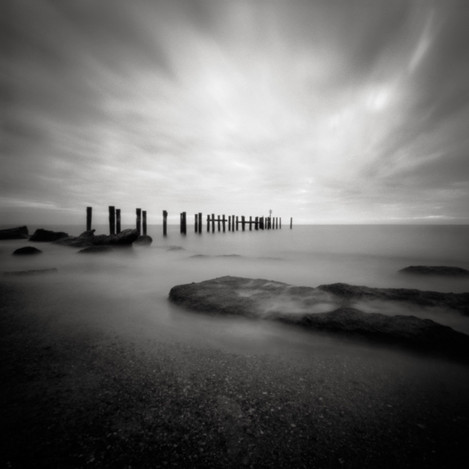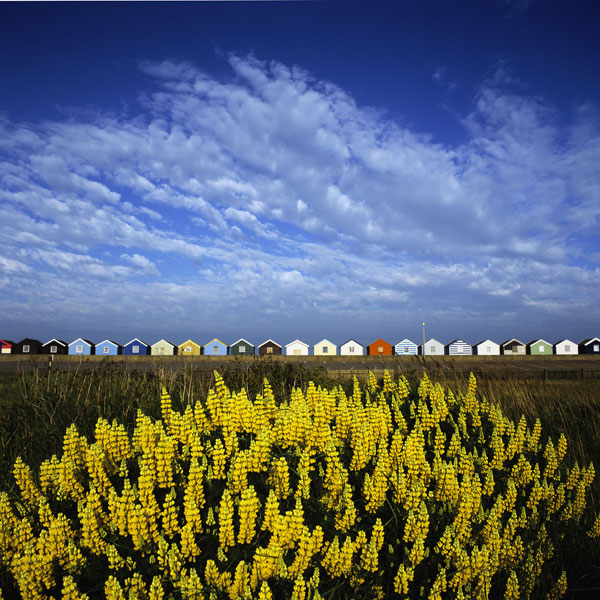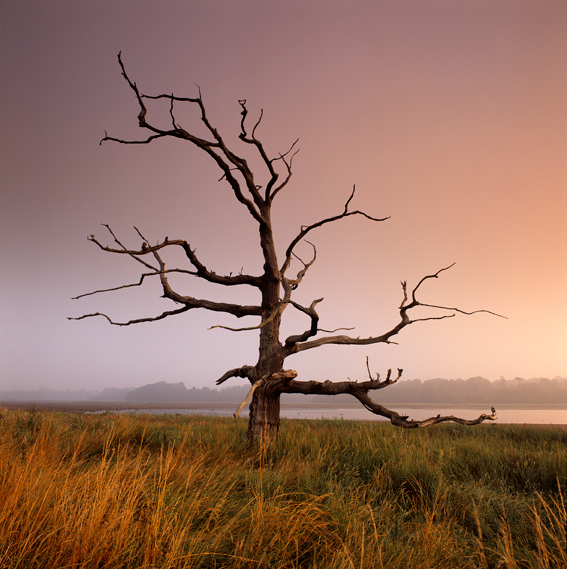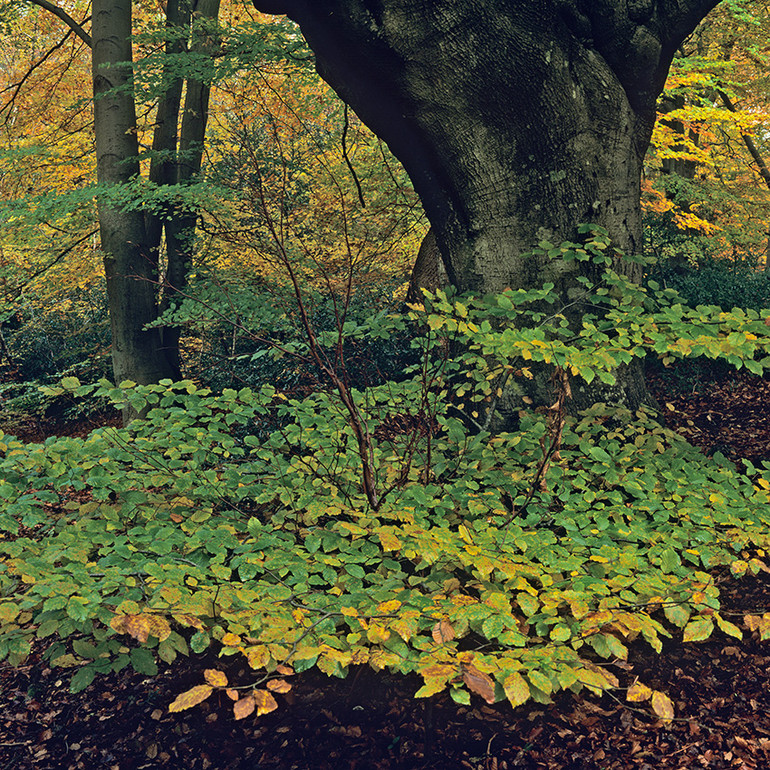Featured photographer

Tim Parkin
Amateur Photographer who plays with big cameras and film when in between digital photographs.

Paul Mitchell
Paul is a graphic designer and semi-professional photographer based in Buckinghamshire. Amongst his other varied work he finds time to design books and branding for other photographers. He lectures on a regular basis and runs his own landscape workshops. His work has featured many times in the Landscape Photographer of the Year, International Garden Photographer of the Year and Outdoor Photographer of the Year.
Paul Mitchell has been on my personal radar for quite a while since seeing his quadriptych(?) of pictures from Covehithe in Suffolk. Since then I've come to appreciate the range of styles and subject that he works with. Yes, he's a film photographer but it's his eye for composition that works here, not the medium he works in. I hope you appreciate his works and words.
In most photographers lives there are 'epiphanic' moments where things become clear, or new directions are formed. What were your two main moments and how did they change your photography?
I am consciously aware that my first epiphanic moment came some 7 years ago when I attended a landscape workshop with Jeff Teasdale (coincidentally in Teesdale!). Jeff is an excellent photographer and some of his B&W images would stand there against the greats. Before we had even had a chance to remove our lens caps I always remember Jeff saying 'there are images to be found anywhere in any conditions'. As luck would have it, it then rained for the next 3 days! But with Jeff's creative insight and guidance, I came back with a set of images that I was genuinely proud of!
The second 'moment' came some 6 years later when I attended a Large Format workshop with Joe Cornish and David Ward. Prior to the workshop, I had envisaged Joe and David on a pedestal, with glowing aura's, looking down on us mere mortals. Nothing could have been further from this vision, it turned out they were two ordinary blokes who, just like myself and my group, had a passion for photography. More importantly, though was their desire to inspire and pass on their experience to other photographers. Oh and I also met a couple of blokes called Tim Parkin and Dav Thomas...
You make your living as a graphic designer but I believe you started out on an Illustration degree?
Throughout my school years, I always remember having a passion, and a certain amount a talent, for drawing and painting. This eventually led me to start a degree course in illustration at the Hull College of Art. Unfortunately, the course disbanded just after I had completed the first year! I was then offered a transfer to the graphic design department where I spent the next three years and is really where my interest in photography began in earnest. Given the choice, I would like to have started a career in photography but living in the provinces the opportunities were few and I only thought it fair on my parents that I started to earn a living.
Do you think your graphic design background affects your photography and if so how? Do you think learning the principles of graphic design might help other photographers?
It is true that graphic designers quite often make good photographers. I also like to think that being creative is sometimes not about being able to draw or play a musical instrument, but more a way of thinking, a 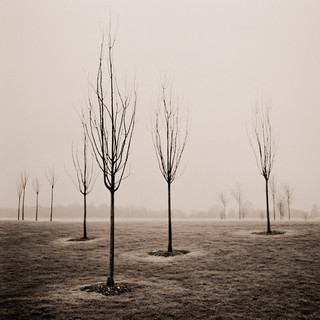 way of viewing the world. With design, I often pre-visualise what it is I want to achieve before even putting pen to paper (or these days cursor to screen!). Transfer this way of thinking to photography and try pre-visualising what it is you want to achieve before committing to film or sensor. On a more practical level, it's true to say that designers are more aware of space and the way elements interact with each other, a bit like type and images on a page. A perfect example of this in reverse is Eddie Ephraums, a wonderful photographer who has also become a great book designer.
way of viewing the world. With design, I often pre-visualise what it is I want to achieve before even putting pen to paper (or these days cursor to screen!). Transfer this way of thinking to photography and try pre-visualising what it is you want to achieve before committing to film or sensor. On a more practical level, it's true to say that designers are more aware of space and the way elements interact with each other, a bit like type and images on a page. A perfect example of this in reverse is Eddie Ephraums, a wonderful photographer who has also become a great book designer.
Could you tell us a little about the cameras and lenses you typically take on a trip and how they affect your photography
I have too many cameras and lenses! and the biggest mistake I have made in the past is thinking I can take them all. Apart from giving yourself a hernia, you become so indecisive about which camera to use and which focal length will work best that the moment of inspiration has gone. For days of exploration and reconnaissance, I just pop my Lumix GF1, my trusty 55 year old Agfa Isolette medium format folding camera, a couple of rolls of HP5 in my Billingham Hadley and away I go! Once I get to know a location I start to bring the big guns out... depending on what I have pre-visualised I will 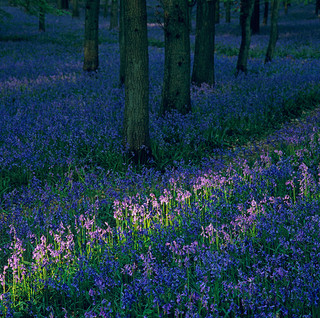 either take my Bronica SQAi plus 50, 80 & 150mm lenses or my Chamonix 45N-1 plus 90, 150 & 240mm lenses. All the aforementioned kit enables me to vary the format, film type and hopefully come back with something half decent. However on those occasions when I feel a real need to spread my creative wings and not care about being a third of a stop out or what percentage of grad to use I take my Zero 2000 pinhole camera.
either take my Bronica SQAi plus 50, 80 & 150mm lenses or my Chamonix 45N-1 plus 90, 150 & 240mm lenses. All the aforementioned kit enables me to vary the format, film type and hopefully come back with something half decent. However on those occasions when I feel a real need to spread my creative wings and not care about being a third of a stop out or what percentage of grad to use I take my Zero 2000 pinhole camera.
Some of the first images I saw of yours were a series of shots under different conditions at Covehithe - is this a local area to you and have you worked on any similar series?
I have been a regular visitor to the Suffolk coast for the past 25 years. My wife's grandparents bought a holiday home near Southwold just after the 2nd World War where the family often spend the whole of the summer holidays. Covehithe and Benacre Broad is an area that we often walk to and know well. It is really only in the past 10 years that I have become acutely aware that this part of our coastline is rapidly disappearing due to coastal erosion. Apart from the wonderful photographic opportunities it has given me it has also been my way of recording an area in constant flux, no two years are ever the same, ultimately some of the images that I have taken over the years can 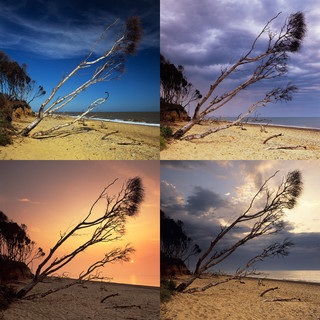 never be repeated. Such was my fascination of this area that I used a panel of my Covehithe images to successfully gain Associateship of the RPS a few years ago. More poignantly the coastal erosion has been so rapid these past few years that we sadly had to demolish our holiday home in March this year. As regards to future projects I am currently building up a portfolio of images in and around Burnham Beeches which, apart from being an area of outstanding natural beauty, is only 5 minutes away from where I live!
never be repeated. Such was my fascination of this area that I used a panel of my Covehithe images to successfully gain Associateship of the RPS a few years ago. More poignantly the coastal erosion has been so rapid these past few years that we sadly had to demolish our holiday home in March this year. As regards to future projects I am currently building up a portfolio of images in and around Burnham Beeches which, apart from being an area of outstanding natural beauty, is only 5 minutes away from where I live!
You do quite a bit of pinhole photography, what was the learning curve like for this until you could get satisfactory results?
Ha! I could probably write a whole article on this one question. Suffice to say there is a learning curve but not as steep as one would imagine as the mechanics are very simple. You point your wooden box in the general direction of your subject, there's nothing to focus as there's no lens, take a light reading, expand that to f138 and on a fairly bright day you end up with an exposure of roughly a couple of seconds. It obviously becomes more complicated the lower the light levels and having to factor in reciprocity etc. My post capture and scanning workflow has been something that I have refined over the years and probably is a subject left for another day... or (shameless plug) buy my book off Blurb as it's all there!
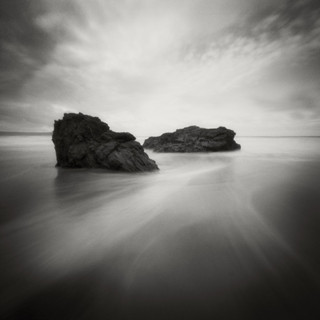 You are putting together a book of your pinhole images - can you tell us a bit about this process
You are putting together a book of your pinhole images - can you tell us a bit about this process
I presume that quite a few photographers are aware of 'on demand' publishing these days, Blurb, LuLu, PhotoBox to name a few. I chose Blurb mainly because of their choice of sizes, book types and finishing etc. Blurb also has some excellent online software for creating your book, however, being a designer I chose to create my own artwork using InDesign. Once you have downloaded the InDesign templates and Acrobat distiller settings it's pretty straight forward. Ultimately I look at the Blurb edition as just a proofing exercise as I hope to self publish in the not to distant future.
Tell me what your favourite two or three photographs are and a little bit about them.
Gosh, this is a difficult one! I think it's not about picking a favourite but looking back at images that, for me, are emotive and take me back to a particular place and time.
My first image has to be
It was taken about 7 years ago when I had only just started my return journey into film, in fact, it was only my second roll of Velvia in a new Bronica SQAi that I had just bought. These Wild Lupins dot the Suffolk coast in the late Spring and was lucky to have a perfect mound of them in the foreground, the line of beach huts through the middle adds structure and colour while the dramatic cloudscape adds drama. You also would not believe how lucky I was not to have a single car in the car park!!
My second is taken from my Covehithe set
I had actually walked to this location in the dark hoping for something interesting to happen as dawn neared. Something interesting did happen, a sea fret rolled in giving this wonderful peach coloured light. This is also one of those images that cannot be replicated as this particular tree is now halfway down the beach with the North Sea lapping at its trunk!
My third image takes me closer to home
It is often said that making a decent composition in woodlands is quite difficult and have to admit that I frequently wander around aimlessly not being able to see anything. On this occasion, I was initially drawn to the short canopy of beech leaves spreading out from a sapling, the inclusion of the mature trunk with its nearby sibling completed the three ages.
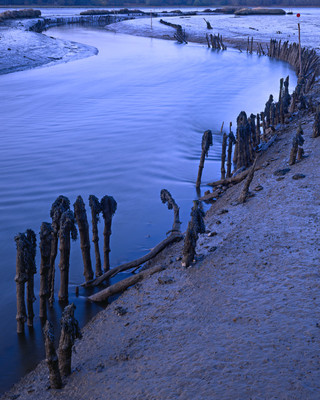 You are primarily a film photographer, using everything from 35mm to large format. What are your reasons for eschewing digital?
You are primarily a film photographer, using everything from 35mm to large format. What are your reasons for eschewing digital?
The film vs digital debate has been discussed on many occasions and I don't want to add any more linage to what has already been said. I still use a digital camera and all my post capture is digital so you could call me a hybrid, suffice to say I still choose to use film because it's still the only medium that creates something close what I had pre-visualised.
You have put on an exhibition with a bunch of other photographers (Exposure, Aylesury) Would you recommend this as a way of pooling resources?
To be able to fill a gallery on your own is a daunting task, it's time consuming and hard work! By pooling resources with like minded individuals makes life so much easier. We have a core group who have been exhibiting since its conception 4 years ago and every year we invite other guest photographers to enhance and complement our own individual styles. I can say hand on heart that no one has ever made a profit, sadly photography is not perceived as an art form here in the UK unlike in America. Saying that we have always sold work up to the break even point and have enjoyed the recognition and plaudits one often receives at these events. If anyone does have the opportunity go for it!
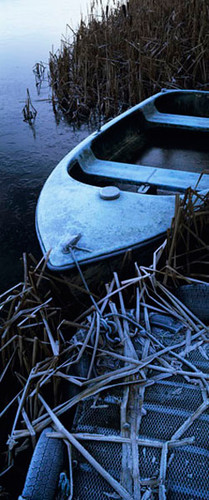 Do you print much of your work? If so how have you approached it and if not, why not?
Do you print much of your work? If so how have you approached it and if not, why not?
Having your own design studio means that having a decent printer is a necessity not a luxury so yes I have always printed my own work. Added to the fact that I retain total control over all aspects of my work. I've owned many printers over the years, I even had an A3 Dye Sublimation printer which could knock spots off many of todays printers, but am currently very happy with my Epson 3800.
Tell me about the photographers that inspire you most.
I can't say that I have ever consciously sought out other photographers work for inspiration. I certainly pick up on recommendations from other people, you yourself Tim have introduced me to the works of Christopher Burkett and Peter Dombrovskis whose work I greatly admire. If I do get inspiration from other photographers it would be the one's that I know personally and can readily communicate with either physically or through Flickr etc. You yourself Tim would be on that list together with Dav Thomas, Jon Brock, Roger Longdin, Julian Barkway... all the usual suspects!
What sorts of things do you think might challenge you in the future or do you have any photographs or styles that you want to investigate? Where do you see your photography going in terms of subject and style?
I am a Gemini what more can I say!... I can't stand still otherwise I get bored. I love my pinhole camera and will continue with that, I have a fridge full of Polaroid film for a project that I have yet to realise, I would like to start creating my own digital negatives and print using some of the alternative processes, the list goes on. Ultimately I want my photography to keep giving me those butterflies in my lower abdomen for as long as possible!
Who do you think we should feature as our next photographer?
Roger Longdin if you can manage to persuade him or Jon Brock if he's not dashing around the country on business.
Many thanks Paul!
If you want to see more of Paul's pictures, take a look at http://www.flickr.com/photos/tobchasinglight/
Also, see our subsequent revisited interview with Paul Mitchell in 2019.

